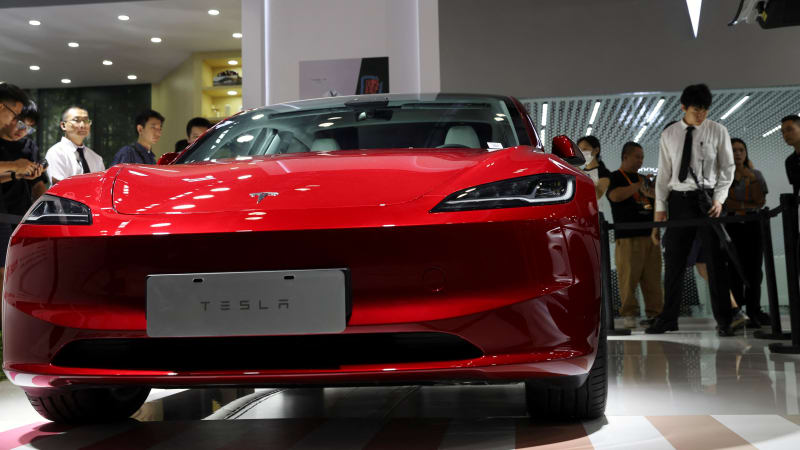A Japanese spacecraft made a historic “pinpoint” landing on the surface of the moon at the weekend, the country’s space agency has said, but there is a slight snag: the images being sent back suggest the probe is lying upside-down.
Japan became only the fifth country to put a craft on the lunar surface – after the US, the Soviet Union, China and India – when its Smart Lander for Investigating Moon (Slim) touched down in the early hours of Saturday.
Trouble with the probe’s solar batteries initially made it difficult to determine if it had landed in the intended area. But data retrieved by the Japan Aerospace Exploration Agency (Jaxa) shows it landed 55 metres from the target site, in between two craters in a region covered in volcanic rock.
Japanese officials said the landing had been made with unprecedented precision. Most previous probes have aimed for much wider touchdown zones measuring up to 10 kilometres in width – a reflection of the myriad challenges moon landings present 54 years after humans first set foot on the lunar surface.
Jaxa said the probe would probably have been within three to four metres of its intended landing site had one of its main engines not lost thrust in the final stages of its mission, causing a harder landing than anticipated. It had been aiming at a 100-metre-wide target.
Nevertheless, space officials are describing the mission as a success, despite the fact that the probe, nicknamed the “moon sniper”, appears to have tumbled down a crater slope, leaving its solar batteries facing in the wrong direction and unable to generate electricity.
Jaxa said it had prioritised transmitting landing data before Slim’s battery ran out. The agency said there was a chance the probe would be able to recharge once the west side of the moon starts receiving sunlight in the coming days.
“We proved that you can land wherever you want, rather than where you are able to,” Jaxa project manager Shinichiro Sakai told reporters. “We opened the door to a new era.”
He said the images sent back were just as he had imagined. “Something we designed travelled all the way to the moon and took that snapshot. I almost fell down when I saw it,” he said, adding that Slim’s pinpoint landing deserved a “perfect score”.
Images from one of two autonomous probes Slim released before it touched down show the box-shaped main vehicle on the surface of the moon.
One of the robots is equipped with an antenna and a camera that recorded the probe’s landing and transmitted images back to Earth. The second is a baseball-sized rover equipped with two cameras that was jointly developed by Jaxa, the Japanese toymaker Tomy and Doshisha University.
By analysing the rocks, Jaxa hopes to shed light on the mystery of the moon’s possible water resources – key to building bases there one day as possible stopovers on the way to Mars.
Slim was launched in September and initially orbited Earth before entering lunar orbit on Christmas Day.
Japan hopes the mission will boost its space programme after a series of failures. A spacecraft designed by a Japanese company crashed during a lunar landing attempt in April, and a new flagship rocket failed during its debut launch in March.







